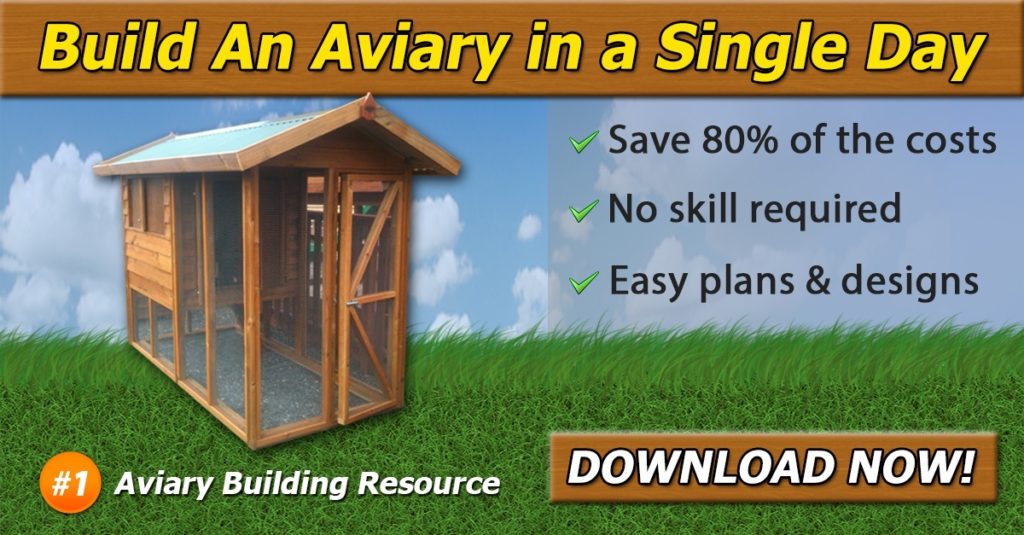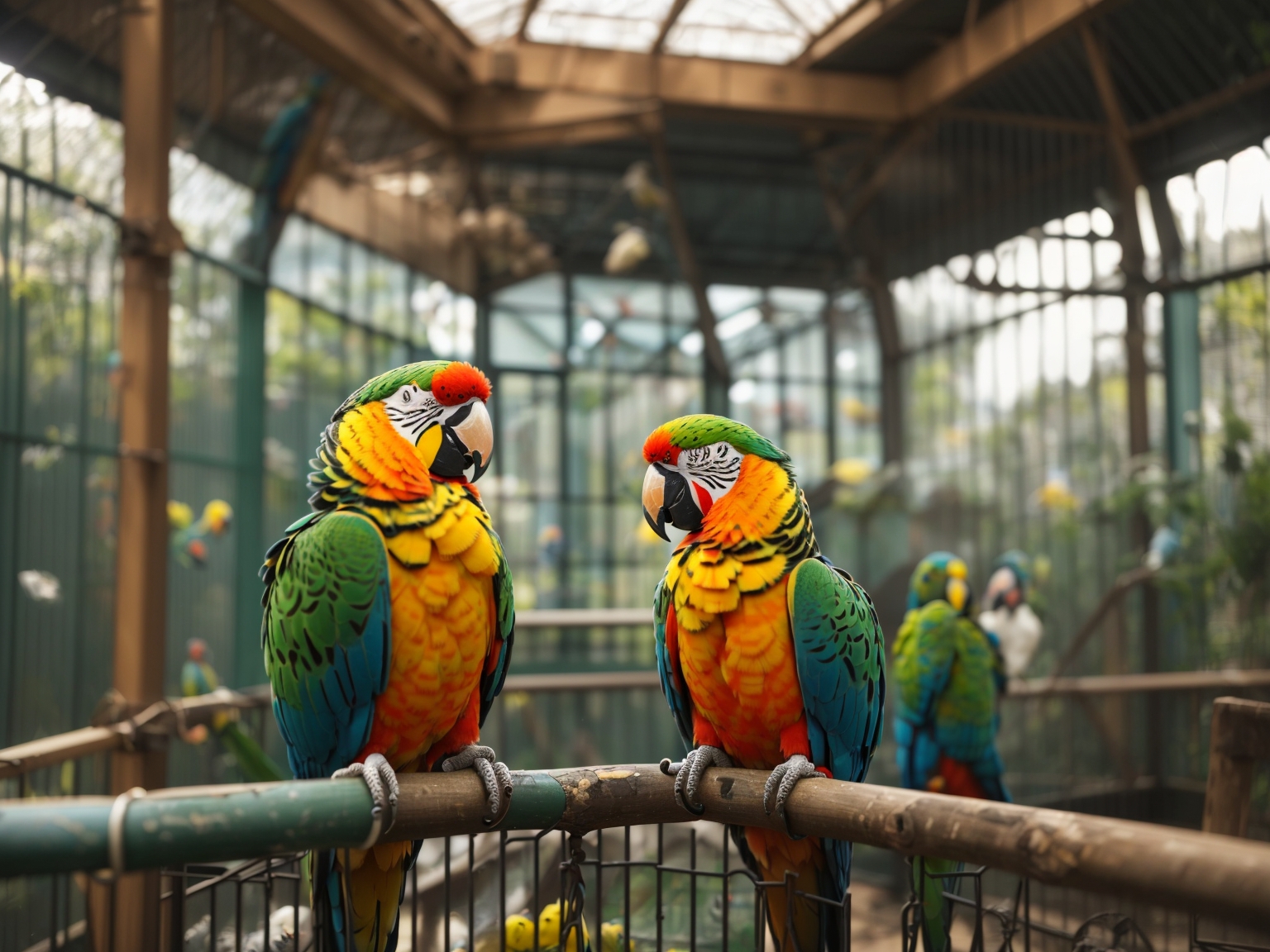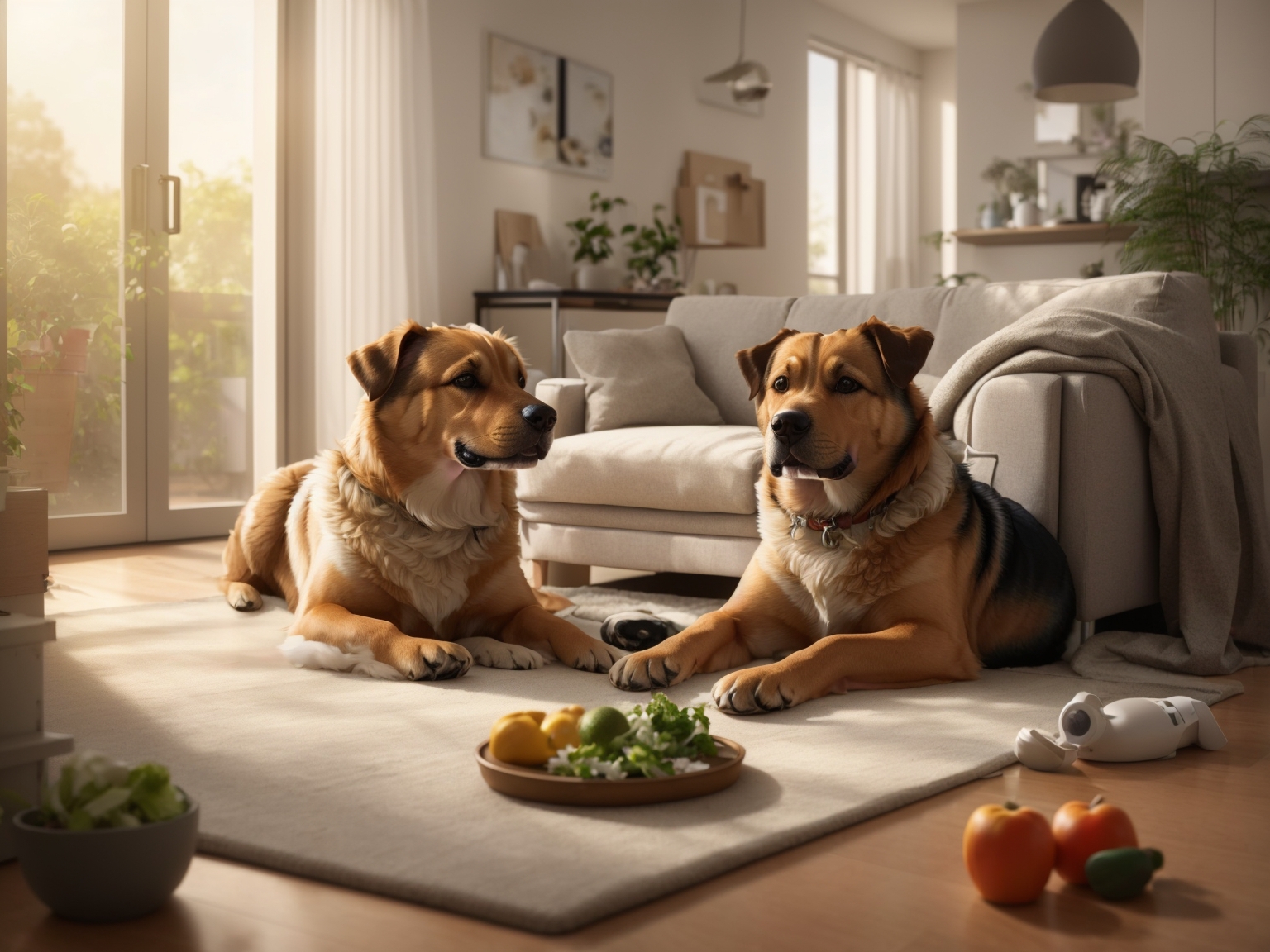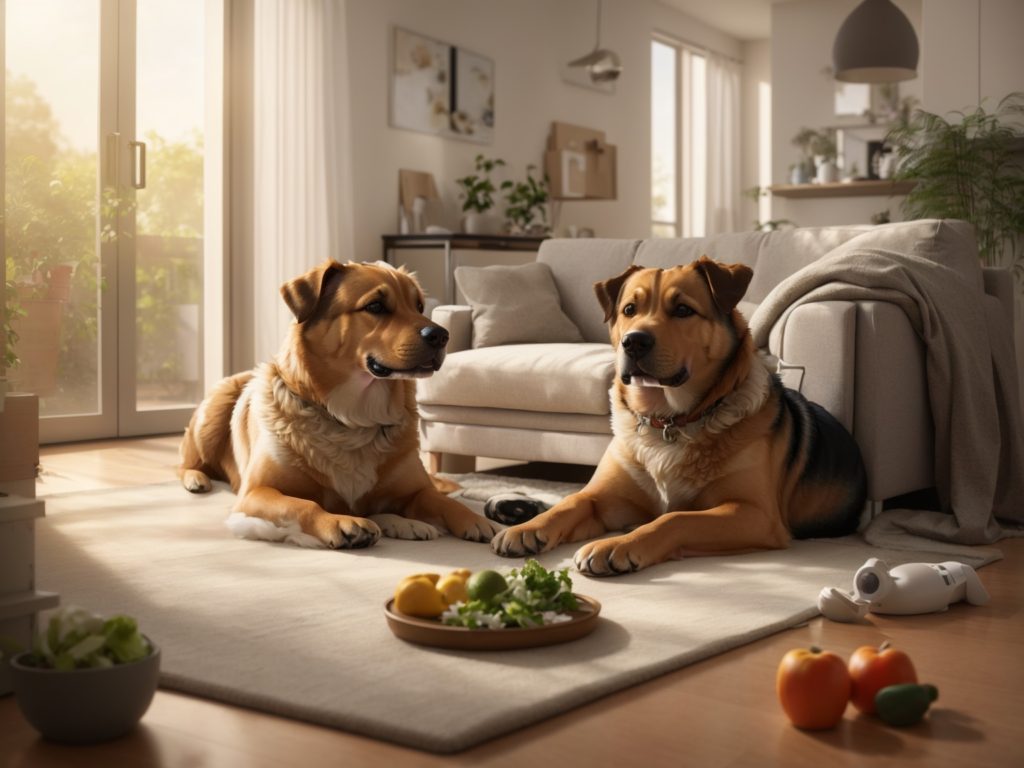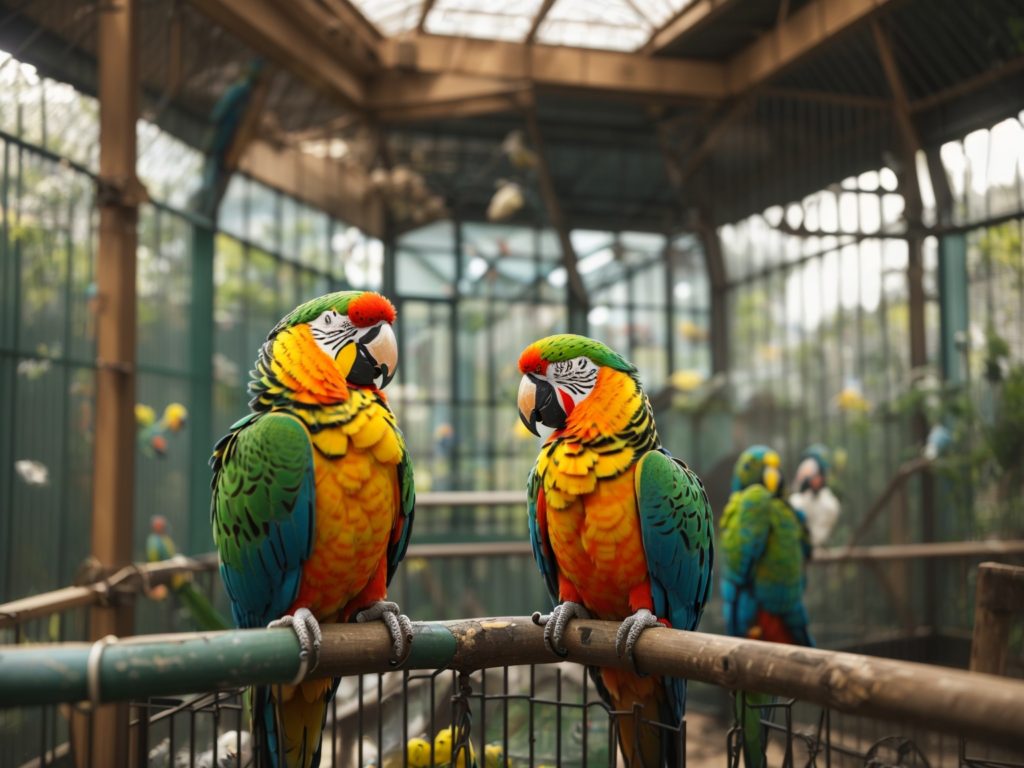
Key Takeaways:
-
- Building an aviary for parrots requires proper planning and preparation.
-
- Choosing the right location, determining the size of the aviary, selecting materials, and gathering necessary tools are crucial steps.
-
- The construction phase involves framing, installing mesh or wire, creating doors and windows, and finishing touches.
-
- Adding essential features and accessories, such as perches, nest boxes, bathing areas, and toys, can create a diverse and engaging environment for your parrots.
-
- Safety should always be a top priority when designing an aviary, and predator protection, escape prevention, and proper ventilation are important aspects to consider.
Planning and Preparation
Building an aviary for your parrots requires careful planning and preparation. Whether you have experience in building or not, it is important to start with a clear plan in mind. Here’s how to make an aviary for birds:
Choosing the Right Location
Firstly, you need to select the appropriate location for your aviary. Make sure it is an area that is safe and secure, and away from any potential predators. Your aviary should be placed in an area that receives enough natural light, but not direct sunlight for extended periods. This will ensure that your parrots get the necessary exposure to natural sunlight without overheating or getting sunburnt.
Determining the Size of the Aviary
The size of your aviary should be appropriate for the number of birds you plan to house. A general rule of thumb is to provide at least 4 square feet of space per bird. The height of the aviary should also be considered, at least 6 feet, allowing for free movement and flight.
Selecting Materials
Choosing the right materials is crucial as they provide a sturdy and secure structure. You will need materials such as wood, mesh or wire, and concrete, depending on the size and design of your aviary. Make sure to select non-toxic materials that are safe for your parrots.
Gathering Necessary Tools
Once you have the materials, you need to gather the necessary tools for constructing your aviary. These tools might include a saw, drill, screwdriver, pliers, and measuring tape, among others. Ensure the tools are of good quality and in good condition.
Planning the Layout and Design
Before you start building the aviary, it is important to plan the layout and design. Consider including multiple levels, perches, and branches to allow for climbing and exploring. Nest boxes can also be incorporated to provide a safe and comfortable place for your parrots to sleep and lay eggs.
Creating a Budget
Building an aviary can be expensive. It is important to create a budget and stick to it. This will help you to prioritize the most important elements and avoid overspending.
Building Permits and Regulations
Depending on your local laws and regulations, building an aviary may require a permit. Check with your local authorities before starting construction to avoid any legal or regulatory issues.

Building the Aviary Structure
Now that you have completed the planning and preparation phase, it’s time to start building the perfect bird aviary for your parrots. Whether you are designing an outdoor aviary or an indoor one, the construction process is similar.
The following steps will guide you through the process of building an aviary:
-
- Start by framing the structure with wooden planks or PVC pipes. The size of the frame should be based on the dimensions you determined during the planning phase. Make sure the frame is stable and level on the ground.
-
- Next, install mesh or wire around the frame to create the walls of the aviary. Make sure the mesh is strong and durable enough to withstand the beaks and claws of your parrots.
-
- Create a door and windows in the aviary. The door should be large enough to allow easy entry and exit for you and your parrots, while the windows should provide proper ventilation and natural light.
-
- Install a roof over the structure to protect your birds from rain, sun, or other weather elements. The roof can be made of mesh or transparent plastic sheets.
-
- If you are building an outdoor aviary, make sure to secure the structure with appropriate foundations to prevent it from getting blown away by wind or knocked over by animals.
The process of building an aviary for macaws or budgies is similar to building an aviary for any other parrot species. However, make sure to adjust the size, materials, and features of the aviary according to the specific needs and characteristics of your birds.
Once the structure is complete, you can start adding essential features and accessories to create a stimulating and comfortable environment for your parrots. In the next section, we will discuss various features and accessories to consider when designing your parrot aviary.
Adding Essential Features and Accessories
Creating an ideal parrot aviary goes beyond providing a safe and secure enclosure. It should also offer diverse features and accessories that promote physical and mental stimulation for your feathered friends.
First, consider the specific needs of your parrot species and tailor the aviary accordingly. For example, macaws require larger perches and toys made of durable materials, while budgies need smaller perches and toys that encourage climbing and exploration.
A variety of perches should be included in the aviary, made from different materials and textures to encourage exercise and foot health. Natural wood perches are a great option, as they help maintain the parrots’ beaks’ natural shape and offer a comfortable grip for their feet.
Nest boxes can also be added for breeding or as a sleeping area for the parrots. These should be placed high up in the aviary, away from potential predators, and with easy access for cleaning and maintenance.
Bathing is an essential part of a parrot’s hygiene, and a bathing area can be added to the aviary. This can be as simple as a shallow dish filled with water, or a more elaborate misting system.
Finally, toys are an essential part of a parrot’s mental stimulation and should be provided in the aviary. These can be made from different materials, such as wood, rope, and plastic, and should encourage playing, chewing, and exploration.
Whether you have a parrot aviary, finch aviary, or a mixed aviary, adding these essential features and accessories will create a comfortable, stimulating environment for your birds. If you’re building an outdoor aviary, ensure that all materials and accessories are weather-resistant and can withstand the elements.
Ensuring Safety and Security
When designing an aviary for your birds, safety and security should always be a top priority. Here are some important aspects to consider:
-
- Predator Protection: Depending on where you live, your aviary may be at risk for predators such as hawks, raccoons, or cats. To prevent predators from getting to your birds, ensure that the aviary is completely enclosed with sturdy mesh or wire. You may also want to consider adding a roof or other overhead covering to further protect against aerial predators.
-
- Escape Prevention: Birds can be skilled escape artists, so it’s important to ensure that the aviary is secure and that there are no weak spots where birds may be able to break through. Check all doors and windows to ensure that they close tightly and that there are no gaps. It’s also a good idea to install double doors or an airlock system to prevent birds from escaping when entering or exiting the aviary.
-
- Proper Ventilation: Good ventilation is important to ensure that the aviary doesn’t become too humid or stuffy. However, it’s also important to ensure that there are no drafts or cold spots inside the aviary. Consider adding vents or fans to help regulate temperature and humidity while keeping the aviary well-ventilated.
By taking these safety and security measures, you can ensure that your birds are safe and secure in their new aviary.
Conclusion
Congratulations! You have completed building your very own parrot aviary. By following this step-by-step guide, you have created a safe, comfortable, and stimulating space for your feathered friends to call home. Remember to keep in mind the specific needs and characteristics of your parrot species throughout the process to ensure they thrive in their new environment.
Now that your aviary is complete, it’s time to introduce your parrots to their new home. Make sure to monitor their behavior closely as they adjust to their new surroundings. Provide plenty of food, water, and toys to keep them engaged and mentally stimulated.
Final Thoughts
Building an aviary for your parrots is a fun and rewarding project that offers numerous benefits for both you and your birds. Not only does it provide a safe and comfortable home for your feathered friends, but it also allows you to interact with them in a natural and meaningful way.
Remember to prioritize safety throughout the process and consult with experts if needed to ensure you’re building an aviary that meets your parrots’ unique needs. Enjoy watching your parrots thrive in their new aviary for years to come!
FAQ
Q: Can I build an aviary for parrots in my backyard?
A: Yes, you can build an aviary for parrots in your backyard. However, there are certain factors to consider, such as local regulations, zoning restrictions, and the space available. It’s important to check with your local authorities and ensure compliance with any necessary permits or permissions.
Q: What materials do I need to build an aviary for parrots?
A: The materials you’ll need to build an aviary for parrots include sturdy wood or metal for the frame, strong wire mesh or aviary netting for the walls, and appropriate roofing materials for protection against the elements. It’s important to choose materials that are durable, non-toxic, and capable of withstanding the specific needs and behaviors of parrots.
Q: How large should my parrot aviary be?
A: The size of your parrot aviary will depend on the number and species of parrots you have. As a general guideline, each parrot should have at least 3-4 square feet of interior space, with additional room for flight and exercise. It’s best to provide as much space as possible to ensure your parrots have enough room to move, stretch their wings, and engage in natural behaviors.
Q: Can I keep different species of parrots together in one aviary?
A: It’s generally not recommended to house different species of parrots together in the same aviary. Parrot species have different dietary, social, and territorial needs, and mixing them in the same enclosure can lead to conflicts and stress. It’s best to provide separate aviaries or enclosures for each species or group of compatible parrots.
Q: How do I ensure the safety of my parrots in the aviary?
A: Ensuring the safety of your parrots in the aviary is crucial. Some important safety measures include: 1. Installing strong and secure mesh or wire to prevent escapes and keep out predators. 2. Providing proper ventilation to ensure fresh air flow and prevent the buildup of harmful gases. 3. Regularly inspecting the aviary for any signs of wear or damage and promptly repairing or replacing any compromised areas. 4. Using non-toxic materials and avoiding any potential hazards, such as sharp edges, chemicals, or toxic plants. 5. Providing adequate shelter and protection from extreme weather conditions, such as strong sunlight or heavy rain. 6. Regularly cleaning and disinfecting the aviary to maintain a clean and hygienic environment for your parrots. By following these safety precautions, you can help create a secure and protected space for your parrots in the aviary.
Latest Blog Posts
Step-By-Step Guide: How to Build an Aviary for Parrots
Learn how to build an aviary for parrots with our detailed guide. Discover essential tools,...
Best Supplements for Dogs: Natural and Effective Choices
Discover effective and natural supplements for dogs. Improve your pet's health and well-being with our...
